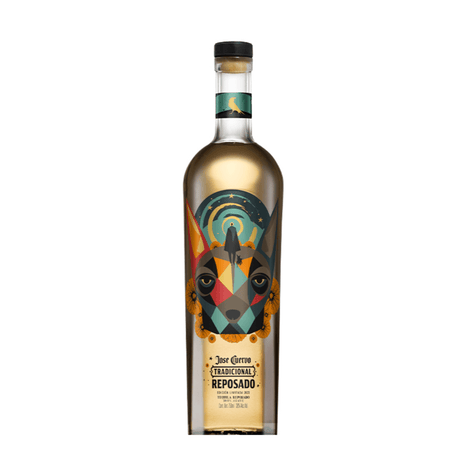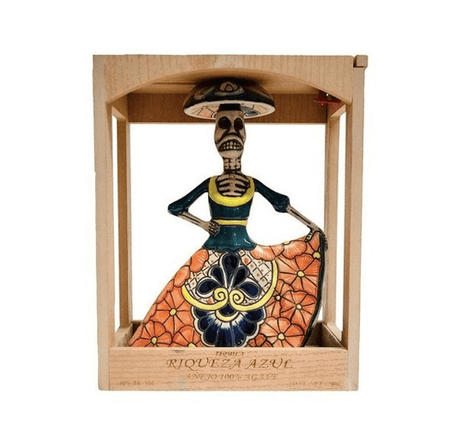A practical guide for beginners: essential labels, accessories, buying and storage tips.
Having a home bar is no longer a luxury reserved for experts or great hosts. Today, with a little planning and some smart choices, you can create the perfect space to enjoy a good drink, entertain friends, or simply relax after a long day. The best part: you don't need to spend a fortune to do it.
In this guide we tell you how to build your own bar without breaking the budget, which bottles are essential, how to choose good spirits, the basic accessories and some preservation tips to always maintain the quality of the flavor.
Start with the essentials: the key bottles
The most common mistake when starting a home bar is wanting to have everything . In reality, it's enough to choose a few basic labels that allow you to prepare most cocktails and enjoy clean drinks.
Here's a handy starting list:
-
Vodka: the most versatile. It works for cocktails like the Bloody Mary, Cosmopolitan, or a simple vodka tonic.
-
Gin: ideal for Gin Tonics or martinis.
-
White rum and aged rum: with them you can cover everything from mojitos to Cuba Libres or tropical drinks.
-
Whiskey or bourbon: for lovers of strong flavor; perfect for old fashioneds or on the rocks.
-
Tequila or mezcal: essential if you enjoy Mexican flavors; you can use it for margaritas or cocktails with citrus.
-
Vermouth or digestive liqueur: adds a sophisticated touch to classic cocktails.
Tip: If your budget is limited, start with three spirits that you like the most and add more little by little according to your taste or frequent visits.
Essential accessories
A good bar isn't just about the bottles. The accessories make the difference between serving a drink and making a real cocktail.
These are the basics:
-
Cocktail shaker: essential for mixing and chilling drinks.
-
Jigger: helps you maintain exact proportions.
-
Strainer and mixing spoon: essential for drinks with different preparation techniques.
-
Suitable glass or tumbler: invest in old fashioned glasses, wine glasses, and martini glasses.
-
Ice bucket and tongs: because ice is also part of the ritual.
You don't need to buy everything at once; you can get basic kits that include various accessories at affordable prices.
How to choose well without overspending
The most expensive option isn't always the best. Sometimes, emerging or local brands offer excellent quality products at lower prices.
-
Compare labels: look for reputable spirits, check reviews and awards in tasting competitions.
-
Shop at specialized stores: advisors usually guide you according to your budget and taste.
-
Take advantage of miniature or 375ml presentations: ideal for trying new brands without investing too much.
-
Shop smart: take advantage of seasonal discounts or promotional packages (such as those that include a glass or shaker).
Conservation and organization
Keeping your liquors in good condition is key.
-
Avoid direct light: store the bottles in a cool, dark place.
-
Close the bottles tightly: it prevents evaporation and loss of aroma.
-
Place the most frequently used items first: organize by type or color of liquor for quicker access.
-
Keep tonic water, sodas, or citrus juices on hand to prepare drinks instantly.
Extra: A decorative touch, such as a wooden tray or warm lights, can turn your bar into the focal point of the space without investing much.
Elevate the experience
A liquor bar is more than just a piece of furniture; it's a sensory experience. Experiment with simple pairings:
-
Soft cheeses with white or sparkling wine.
-
Dark chocolate with whiskey or rum.
-
Citrus and botanicals with gin.
You can also create a themed corner, such as a "Mexican Wine Bar" or "Spirits of the World", according to your tastes or the season.
Building a home bar isn't about having everything, but about making intentional choices. With a few key bottles, the right accessories, and a touch of style, you can enjoy the art of fine drinking without breaking the bank. The key is consistency: experimenting, adjusting, and savoring each glass as a new experience.










